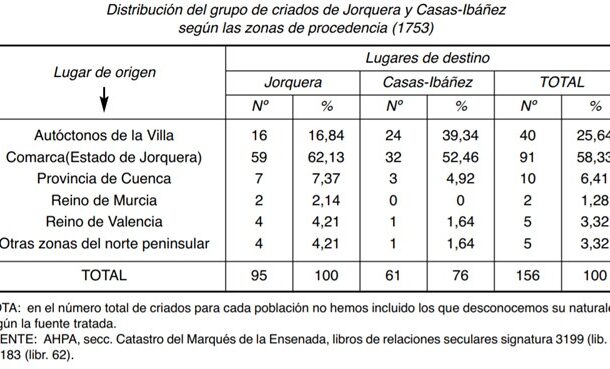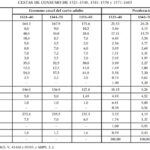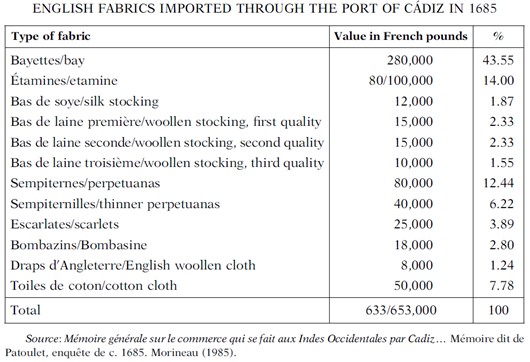
The resource shows the evolution of an adult’s annual consumption of the basic products of the shopping basket in Seville between 1521 and 1603. Seville, the only port authorised to trade with America, was part of the general dynamics of the inflation processes that occurred between the mid-15th and early 16th centuries. As a result, access to foodstuffs could become more difficult and consumption could fall. Foodstuffs such as bread, chickpeas and cow products were the most commonly used. However, over time it was observed that the increase in bread intake reduced the consumption of meat and fish. On this occasion, the author explains the different consumption patterns by referring to the increase in the price of house rent between 1530 and 1555, which was 288% higher, and between 1555 and 1585, which was 205% more expensive; to the greater amount of money available and to changes in the relationship between supply and demand. Thus, with a lower purchasing power, and in general terms, the expensive calories, extracted from meat and fish, were replaced by cheap calories, such as bread, bacon, legumes and dried fruits.
Collection: Statistics
Project: 3. Rural world and urban world in the formation of the European identity., 4. Family, daily life and social inequality in Europe., 9. Travels and travelers: economic, social and cultural connections.
Chronology: XVI, XVII
Scope: Secondary Education, Baccalaureate, University
Link: https://e-archivo.uc3m.es/handle/10016/31616#preview
Resource type: Statistics
Format: Table
Source: González Mariscal, M. (2015). "Inflación y niveles de vida en Sevilla durante la Revolución de los Precios", en Revista de Historia Económica, vol. 33, nº 3, p. 371.
Language: Spanish
Date: 2015
Owner: Pablo Ballesta Fernández (Modernalia)
Copyright: ©Revista de Historia Económica ©Manuel González Mariscal
Abstract: Table showing the evolution of food consumption of an adult male in Seville. Rising rent prices had an impact on the lack of access to expensive calories (meat and fish)
Image
Tags








